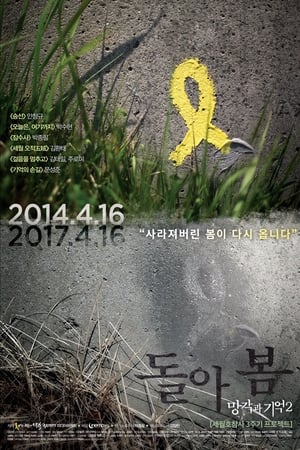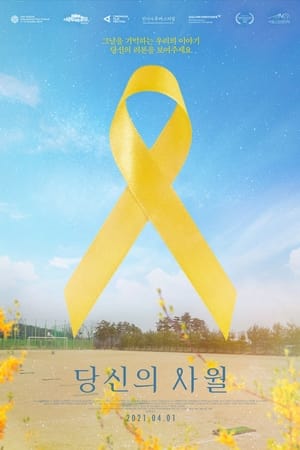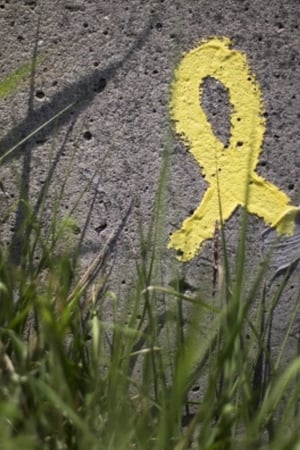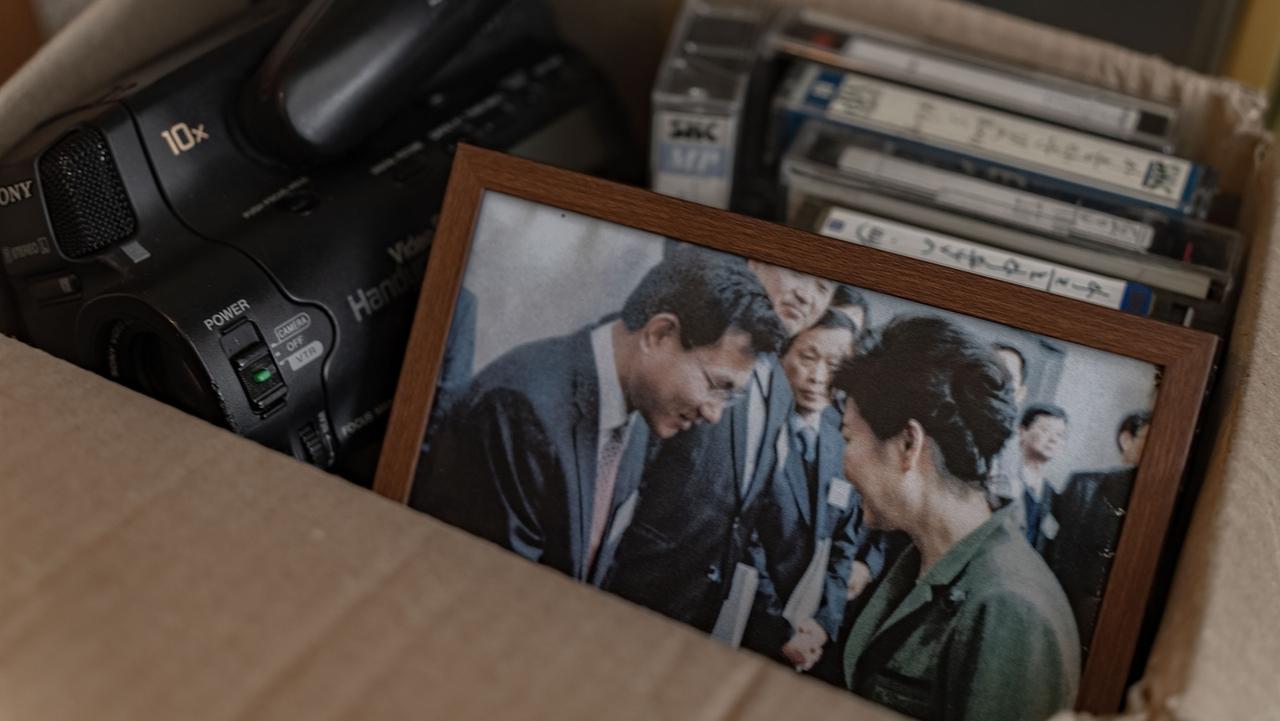
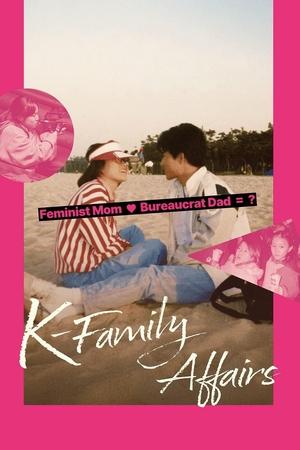
K-Family Affairs(2025)
Feminist mom ♥ Bureaucrat dad = ?
In her first feature-length documentary, filmmaker Nam Arum turns her camera on her parents, two members of South Korea’s 386 Generation. The political activism of this generation came to a head in June 1987 with major protests that forced the authoritarian government to hold universal suffrage elections and implement key democratic reforms. Over 35 years later, the filmmaker reflects on the state of this democracy through a warm-hearted family portrait set against the backdrop of the country’s recent history. Using a personal and intimate cinematic style, Arum examines her father's adherence to conventionality as a high-ranking civil servant and her mother's fervent enthusiasm as a feminist activist. In the midst of these two contrasting dynamics, Arum seeks to discover her own role and how she can contribute to social change.
Movie: K-Family Affairs
Recommendations Movies
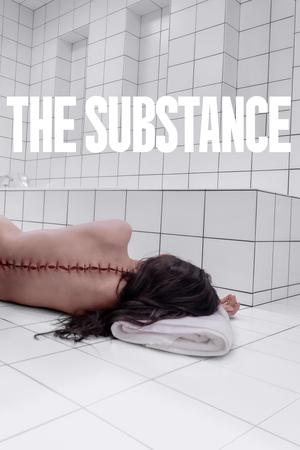 7.1
7.1The Substance(en)
A fading celebrity decides to use a black market drug, a cell-replicating substance that temporarily creates a younger, better version of herself.
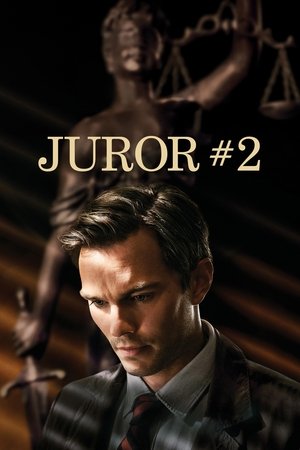 6.8
6.8Juror #2(en)
While serving as a juror in a high profile murder trial, family man Justin Kemp finds himself struggling with a serious moral dilemma…one he could use to sway the jury verdict and potentially convict—or free—the accused killer.
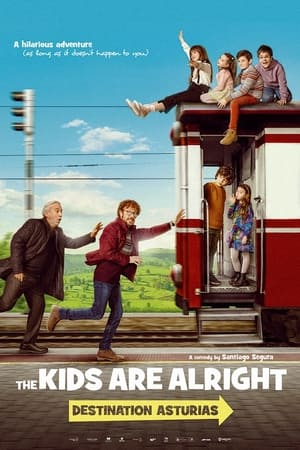 5.6
5.6The Kids Are Alright: Destination Asturias(es)
When Ricardo, a responsible father, decides to personally take his son to a camp in Asturias, other parents propose that he should also take care of their children. When the train is about to leave, Felipe, a flamboyant individual and grandfather of two of the children, shows up at the station.
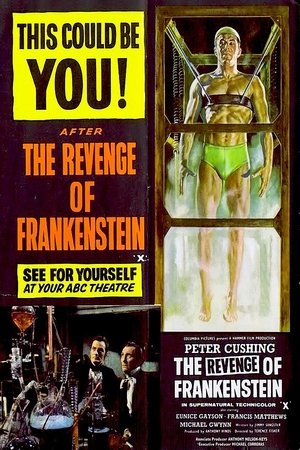 6.6
6.6The Revenge of Frankenstein(en)
Rescued from the guillotine by his devoted dwarf Fritz, the Baron relocates to Carlsbruck, where he continues his gruesome experiments.
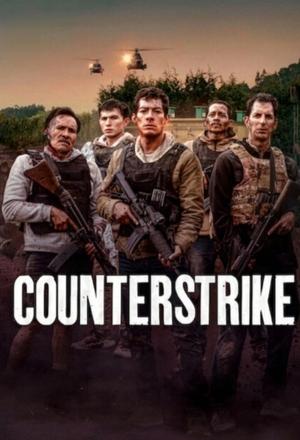 8.3
8.3Counterattack(es)
When a hostage rescue mission creates a new enemy, Capt. Guerrero and his elite soldiers must face an ambush by a criminal group.
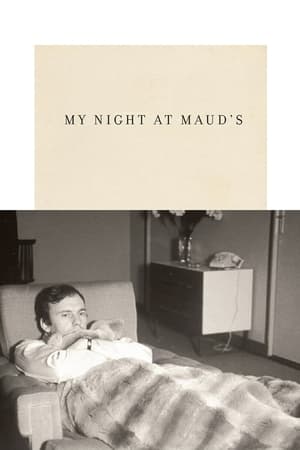 7.7
7.7My Night at Maud's(fr)
The Catholic Jean-Louis runs into an old friend, the Marxist Vidal, in Clermont-Ferrand around Christmas. Vidal introduces Jean-Louis to the modestly libertine, recently divorced Maud and the three engage in conversation on religion, atheism, love, morality and Blaise Pascal's life and writings on philosophy, faith and mathematics. Jean-Louis ends up spending a night at Maud's. Jean-Louis' Catholic views on marriage, fidelity and obligation make his situation a dilemma, as he has already, at the very beginning of the film, proclaimed his love for a young woman whom, however, he has never yet spoken to.
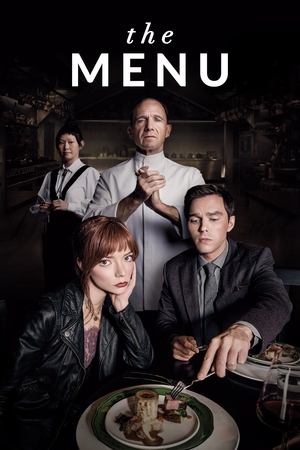 7.2
7.2The Menu(en)
A young couple travels to a remote island to eat at an exclusive restaurant where the chef has prepared a lavish menu, with some shocking surprises.
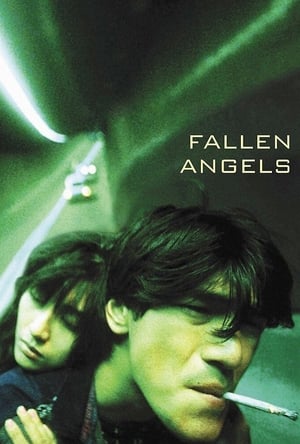 7.7
7.7Fallen Angels(cn)
An assassin goes through obstacles as he attempts to escape his violent lifestyle despite the opposition of his partner, who is secretly attracted to him.
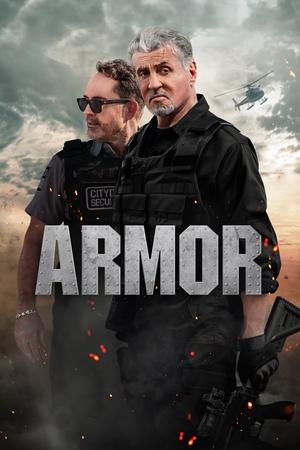 5.6
5.6Armor(en)
Armored truck security guard James Brody is working with his son Casey transporting millions of dollars between banks when a team of thieves led by Rook orchestrate a takeover of their truck to seize the riches. Following a violent car chase, Rook soon has the armored truck surrounded and James and Casey find themselves cornered onto a decrepit bridge.
 6.1
6.1Werewolves(en)
A year after a supermoon’s light activated a dormant gene, transforming humans into bloodthirsty werewolves and causing nearly a billion deaths, the nightmare resurfaces as the supermoon rises again. Two scientists attempt to stop the mutation but fail and must now struggle to reach one of their family homes.
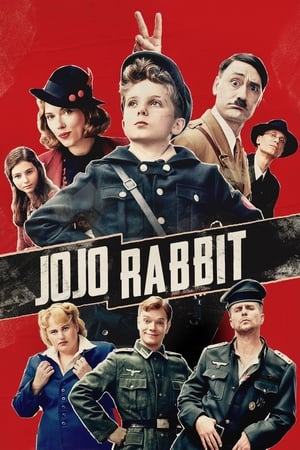 8.0
8.0Jojo Rabbit(en)
A World War II satire that follows a lonely German boy whose world view is turned upside down when he discovers his single mother is hiding a young Jewish girl in their attic. Aided only by his idiotic imaginary friend, Adolf Hitler, Jojo must confront his blind nationalism.
 5.9
5.9The Funhouse(en)
Rebellious teen Amy defies her parents by going to a trashy carnival that has pulled into town. In tow are her boyfriend, Buzz, and their friends Liz and Richie. Thinking it would be fun to spend the night in the campy "Funhouse" horror ride, the teens witness a murder by a deformed worker wearing a mask. Locked in, Amy and her friends must evade the murderous carnival workers and escape before it leaves town the next day.
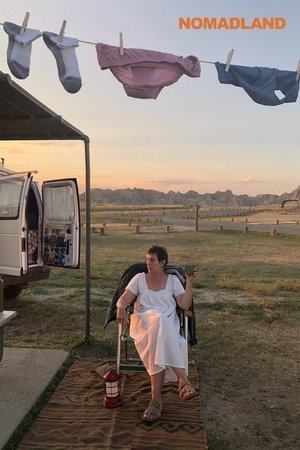 7.2
7.2Nomadland(en)
A woman in her sixties embarks on a journey through the western United States after losing everything in the Great Recession, living as a van-dwelling modern-day nomad.
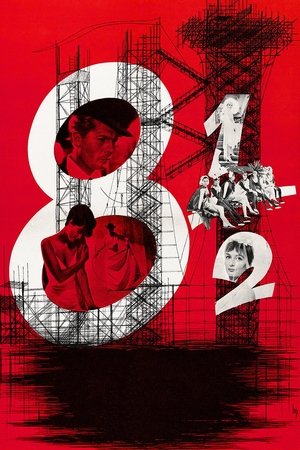 8.1
8.18½(it)
Guido Anselmi, a film director, finds himself creatively barren at the peak of his career. Urged by his doctors to rest, Anselmi heads for a luxurious resort, but a sorry group gathers—his producer, staff, actors, wife, mistress, and relatives—each one begging him to get on with the show. In retreat from their dependency, he fantasizes about past women and dreams of his childhood.
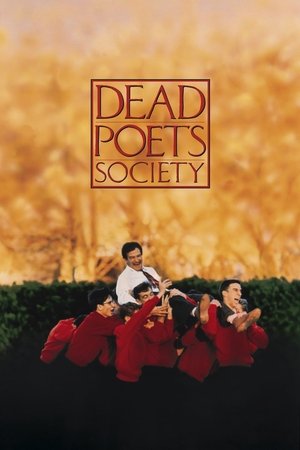 8.3
8.3Dead Poets Society(en)
At an elite, old-fashioned boarding school in New England, a passionate English teacher inspires his students to rebel against convention and seize the potential of every day, courting the disdain of the stern headmaster.
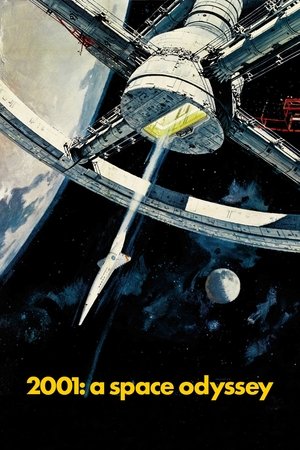 8.1
8.12001: A Space Odyssey(en)
Humanity finds a mysterious object buried beneath the lunar surface and sets off to find its origins with the help of HAL 9000, the world's most advanced super computer.
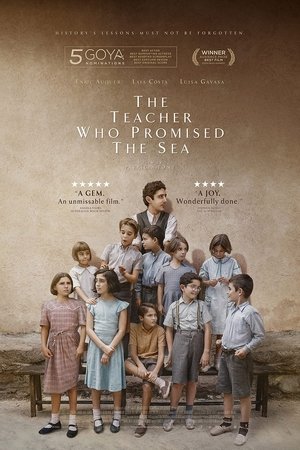 7.8
7.8The Teacher Who Promised the Sea(es)
Ariadna discovers that her grandfather has been searching for the remains of his father, who disappeared during the Civil War. Determined to help him, she travels to Burgos, where a mass grave is being excavated, and where he could be buried. During her stay there, she will learn the story of Antoni Benaiges, a young teacher from Tarragona who was her grandfather's teacher before the war. Through an innovative pedagogical method, Antoni inspired his students and made them a promise: to take them to see the sea.
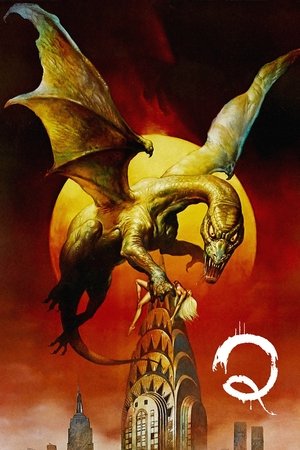 5.7
5.7Q(en)
New York police are bemused by reports of a giant flying lizard that has been spotted around the rooftops of New York, until the lizard starts to eat people. An out-of-work ex-con is the only person who knows the location of the monster's nest and is determined to turn the knowledge to his advantage, but will his gamble pay off or will he end up as lizard food?
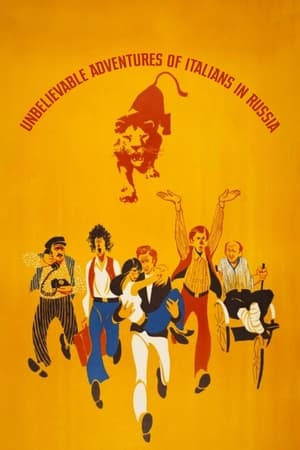 7.3
7.3Unbelievable Adventures of Italians in Russia(ru)
In Italy, a dying woman tells her granddaughter that she hid her treasure many years ago in Russia, in the city of Leningrad. Other people (who were around when she died) also learn about it. Thus several people arrive in Leningrad trying to find the treasure, each one for himself/herself. What's worse - the only information they have is that the treasure is under a lion - and it's in Leningrad, a city known by its numerous statues of lions. The story gets even more interesting when the soviet militia (police) learns about the whole thing and send an undercover agent...
Similar Movies
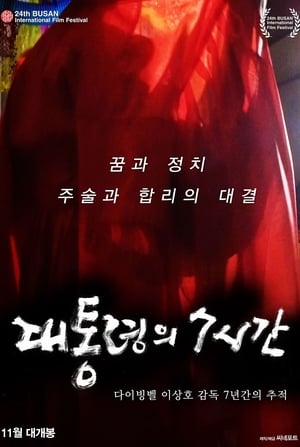 9.0
9.0President′s 7 Hours(ko)
The film traces PARK Geun-hye's life back to the 1970s, when the leader-follower relationship began between PARK, who became the first lady of the Yushin regime, and CHOI Taemin, the leader of a pseudo-religion. It then examines the Sewol ferry incident, CHOI Soonsil Gate, candlelight rallies, and finally the impeachment.
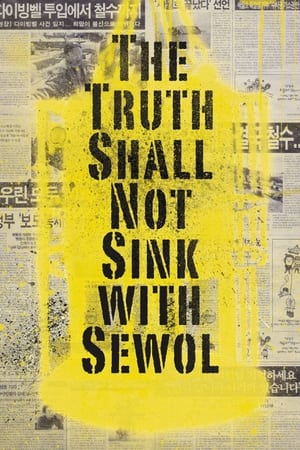 7.7
7.7The Truth Shall Not Sink with Sewol(ko)
A documentary on the South Korean ferry disaster that claimed the lives of more than 300 passengers in April, 2014.
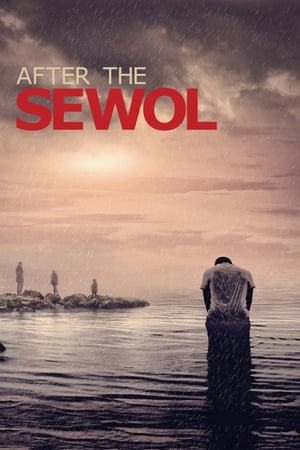 0.0
0.0After the Sewol(en)
On the 16th April 2014 South Korea was changed as a nation. After the days, weeks and months that followed the Sewol tragedy, the country became undone, untrusting and more divided than we have ever seen in its history. "After the Sewol" explores the changing faces of this nation through the eyes of two British film makers. They talk with relatives of the victims, rescue divers and activists about their struggles and battles since this tragic accident happened and embark upon a journey to uncover how this accident came about, looking deep into Korean history about why no action was taken to prevent it in the first place. This journey takes them all over Korea, meeting an older generation struggling to create a safer place for their children to live in and a young vibrant generation fighting for a corrupt free society.But, all of them searching for one thing, the truth about why the Sewol victims died.
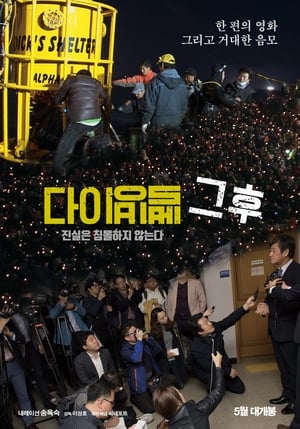 0.0
0.0After Diving Bell(ko)
A documentary that reports on the the rescue failure of the Sewol incident. In the days of media control, Park Geun-hye and her government sabotaged the screening of "Diving Bell" at the Busan International Film Festival.
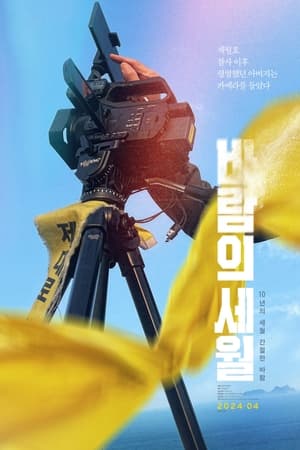 0.0
0.0SEWOL: Years in the Wind(ko)
The 10-year struggle of the families who lost their children from the Sewol Ferry Disaster.
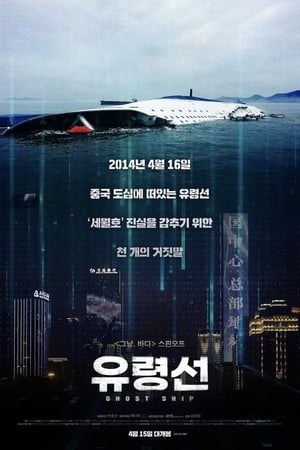 8.0
8.0Ghost Ship(ko)
A thousand lies to conceal the truth of the Sewol Ferry. As many as 1,000 ships, 160,000 AIS data, were manipulated to hide the truth behind the sinking of the Sewol Ferry on April 16, 2014. Who are the organizers of this and why did they build a ghost ship! We must ask persistent questions. Since that day, nothing has been revealed yet. Government AIS data of a thousand lies. Now it is time for the Korean prosecution to answer.
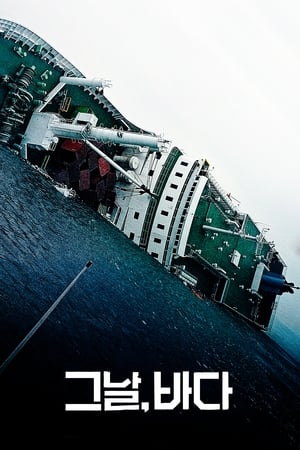 9.2
9.2Intention(ko)
A documentary that scientifically analyses and tracks down the route of the Sewol Ferry that sank on the 16th of April in 2014 using its AIS to discover the cause of the unconfirmed sinking.
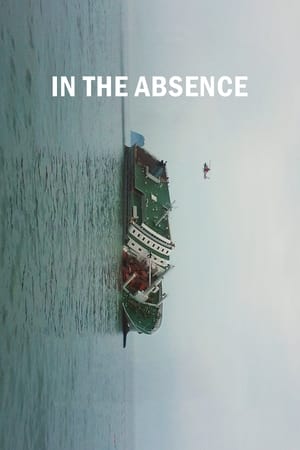 7.8
7.8In the Absence(ko)
When the MV Sewol ferry sank off the coast of South Korea in 2014, over three hundred people lost their lives, most of them schoolchildren. Years later, the victims’ families and survivors are still demanding justice from national authorities.
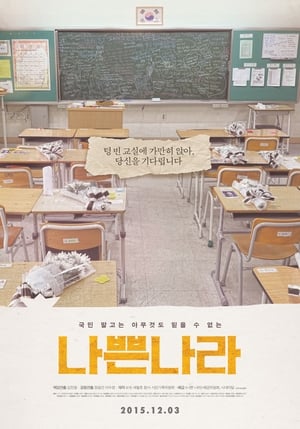 8.3
8.3Cruel State(ko)
In April 2014, the entire nation of South Korea watched on television live as The Sewol capsized off the coast of Jindo. The tragedy left life-long wounds in the hearts of people whose family and friends had been among the 304 passengers killed. The majority of the victims were high school students on a school trip. Their parents were not even given the luxury of grieving, as they had to camp out in front of the Parliament, City Hall and the Presidential House, asking for only one thing - to know the truth about why their children had been left to die. But after more than a year, that truth has yet to be brought to light. This film is a documentation of the year-long struggle and painful soul-searching of people destined to be labelled as 'bereaved families' for the rest of their lives, as they come face to face with the naked face of their cruel country.
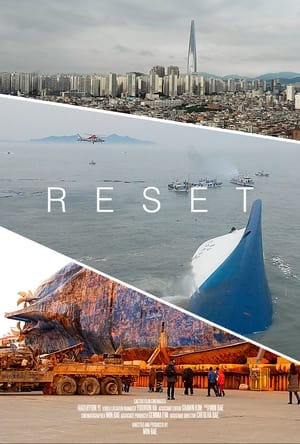 0.0
0.0Reset(ko)
On April 16th, 2014, the Sewol Ferry sank in South Korea, taking with it the lives of 304 of its 476 passengers. South Korea's worst maritime disaster traumatized a nation while simultaneously sinking the country's emotional spirit. The film asks why the rescue of Korea's children and people was neglected on the fateful day the Sewol sank.
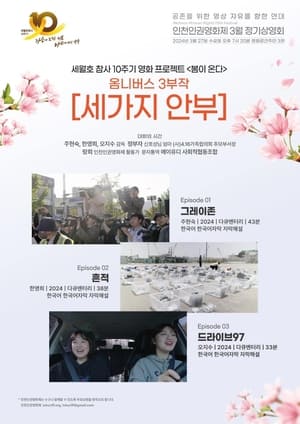 0.0
0.0Three Sides to Every Story(ko)
This documentary tells the story of people who were at the scene of the 2014 Sewol Ferry disaster: journalists, bereaved families of the victims, and the survivors. Ten years after the disaster, what did it leave them? These are three omnibus documentaries with different perspectives.
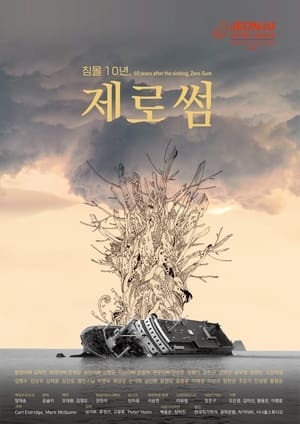 0.0
0.010 Years After the Sinking, Zero-Sum(ko)
Ten years ago, 304 innocent people aboard the Sewol ferry in Korea lost their lives at sea. The reason for the sinking and the complete failure of the rescue are crucial factors yet to be revealed. But the government continues to withhold key evidence, citing national security reasons. This documentary finds a conclusion of why all the matters have gone wrong.
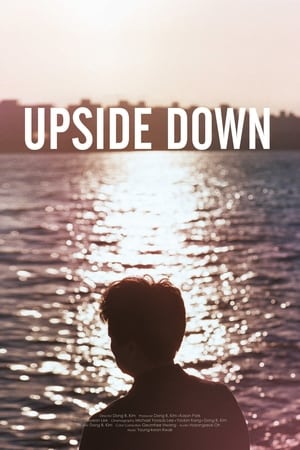 9.0
9.0Upside Down(ko)
304 people drowned as the car ferry sank. Four fathers recall their memories of their children; high school students who were on their field trip. Professors, lawyers, journalists, an activist, a diver, and a politician explain why the system ultimately allowed the tragedy to occur. What is stopping the next tragedy? The world has turned upside down.
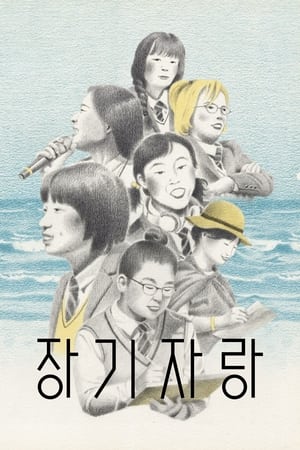 0.0
0.0The Talent Show(ko)
Middle-aged women start acting and launch a drama club. However, nothing big or small goes right. But they never give up the play.
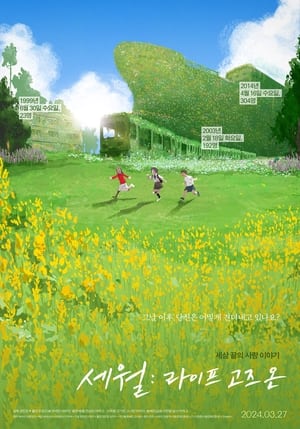 0.0
0.0Life Goes On(ko)
Yoo Kyung-geun, who lost her daughter Ye-eun in the Sewol Ferry Disaster, sits down at the podcast production studio. It is to meet with the bereaved families of numerous social disasters before and after the Sewol Ferry Disaster. They are Hwang Myung-ae, the mother of Han Sang-im who died in the 2003 Daegu Subway Fire, Ko Seok, the father of Gahyun and Nahyun who died in the 1999 Sealand Youth Training Center Fire, and Bae Eunsim, the mother of Lee Hanyeol who died in 1987's June Struggle. The bereaved families talk about "the life after" and their daily lives, and Yoo Kyung-geun learns to live without Ye-eun.
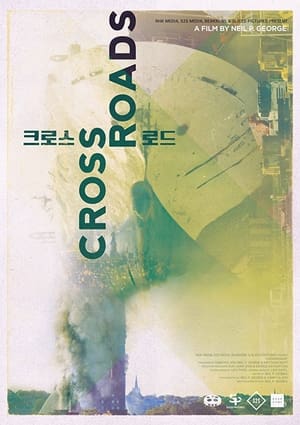 0.0
0.0Crossroads(en)
Crossroads explores the ever changing face of South Korea since the Sewol ferry disaster that tragically killed 304 people, mainly schoolchildren, in April 2014. The film takes us on a journey through Korean modern history exploring the changes the country has gone through since April 16th 2014, encompassing emotional re-enactment narrations from survivors, interviews with family members, activists, historians and the general public, as we go in search of how Korea came to yet another crossroad in its history.
 0.0
0.0Sewol: Paused in Time(de)
In April 2014, the South Korean ferry Sewol sinks. 304 people, most of them schoolchildren, drowned. Greed and official failure contributed to the scale of the disaster. The government reacts restrictively against the rebellious parents of the victims. However, they are demanding a full investigation into the background.

